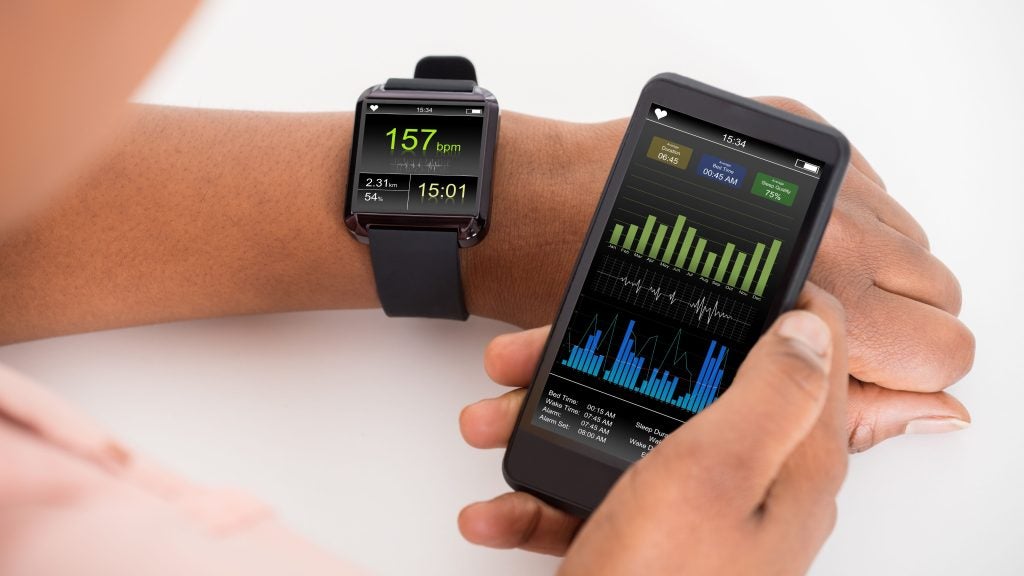If you’re a start-up pharma or medical device company, acquiring the funds to get off the ground can in many ways be half the battle. While some companies outsource large parts of their clinical trial to various CROs, others partner with academic institutions to help conduct the study from start to finish.
Sorin Popa is the founder of Stent Tek Ltd., a start-up medical device company, which is developing a stent implant device in collaboration with Imperial College London. In this compelling interview, Sorin explains the pros and cons of academic partnerships.
Clinical Trials Arena: From a start-up perspective, can you shed light on some of the advantages of academic collaboration in clinical research?
Sorin Popa: One of the big pros is having access to all the resources your academic partner can provide. Additionally, the fact you can apply for grant funding is another advantage. There are a numerous grants you can apply for, such as the UK’s NIHR (National Institute for Health Research) that are focused on funding clinical trials for translational research involving start-ups. Now, an independent company conducting a trial on its own wouldn’t be eligible to apply for a grant without an academic partner, which is key. Nevertheless, overall, the actual cost of running the trial in an academic collaboration seems to be cheaper when compared to a study with an external CRO.
CTA: In what way exactly?
How well do you really know your competitors?
Access the most comprehensive Company Profiles on the market, powered by GlobalData. Save hours of research. Gain competitive edge.

Thank you!
Your download email will arrive shortly
Not ready to buy yet? Download a free sample
We are confident about the unique quality of our Company Profiles. However, we want you to make the most beneficial decision for your business, so we offer a free sample that you can download by submitting the below form
By GlobalDataSee Also:
SP: In the UK’s National Health Service (NHS), for instance, there are different costing schemes for companies coming from the outside and companies that have an academic partner. In our case, Imperial College is responsible for running clinical operations. So when we approached the NHS, Imperial College applied for the grant and not Stent Tek directly. From that we get preferential treatment with reduced costs, it makes it easier to get clinical advisors on board, and it also makes it easier to engage clinicians once you have a university behind you. For a start-up, specifically, it makes a lot of sense because you gain the cost and credibility.
CTA: In that sense, what are some of the drawbacks of this form of partnership?
SP: For start-ups, there’s not much early stage funding. While there are a lot of research funds available for academics, once you spin out the first bit of funding for proof of concept level, work can be difficult to come by. After that though larger grants are available and it makes it easier to apply if you have an academic partner.
Nevertheless, the overarching disadvantage I’d stress is the time aspect. I can’t compare it directly to a CRO for clinical trial development, but compared to our experience with CROs doing our animal work, they were quick, and the turnaround was instantaneous. With universities, however, sometimes there’s a lot of bureaucracy and everything can take time – everybody has to sign off, everyone has to approve, so the process is a lot slower.
Ultimately, a lot can depend on how you plan ahead and manage your time because academic clinical research can move slower than industry would. This also limits your flexibility and your ability to change things on the go as things need to be approved before you progress to the next step.
CTA: But could you argue this is perhaps part and parcel in a collaboration of this nature?
SP: Absolutely. This kind of bureaucratic burden is something that is offset against the fact that it is more affordable, and by virtue of the multitude of resources readily available. In terms of preclinical facilities, it’s not as straightforward to do animal work, especially for a device trial. While universities have the resources to carry out animal studies, for start-ups conducting larger preclinical trials, it’s extremely difficult to come across.
The support structure of clinical research is very grand – there are so many different organisations, so many different people that it takes a long time to find the right person to signpost you. We’re lucky to be working alongside an experienced team that knows how to manage a trial, and that can be hard to find. If you’re trying to do this on your own or if you work with an entity like the Clinical Trial Unit, then that mitigates the various problems you can encounter because they can do everything for you.
So while there are different paths you can take in clinical research, such as the academic route, the overarching drawback is the issue of time and the way in which things progress.
*Sorin Popa is the Founder, CEO of Stent Tek Ltd.








